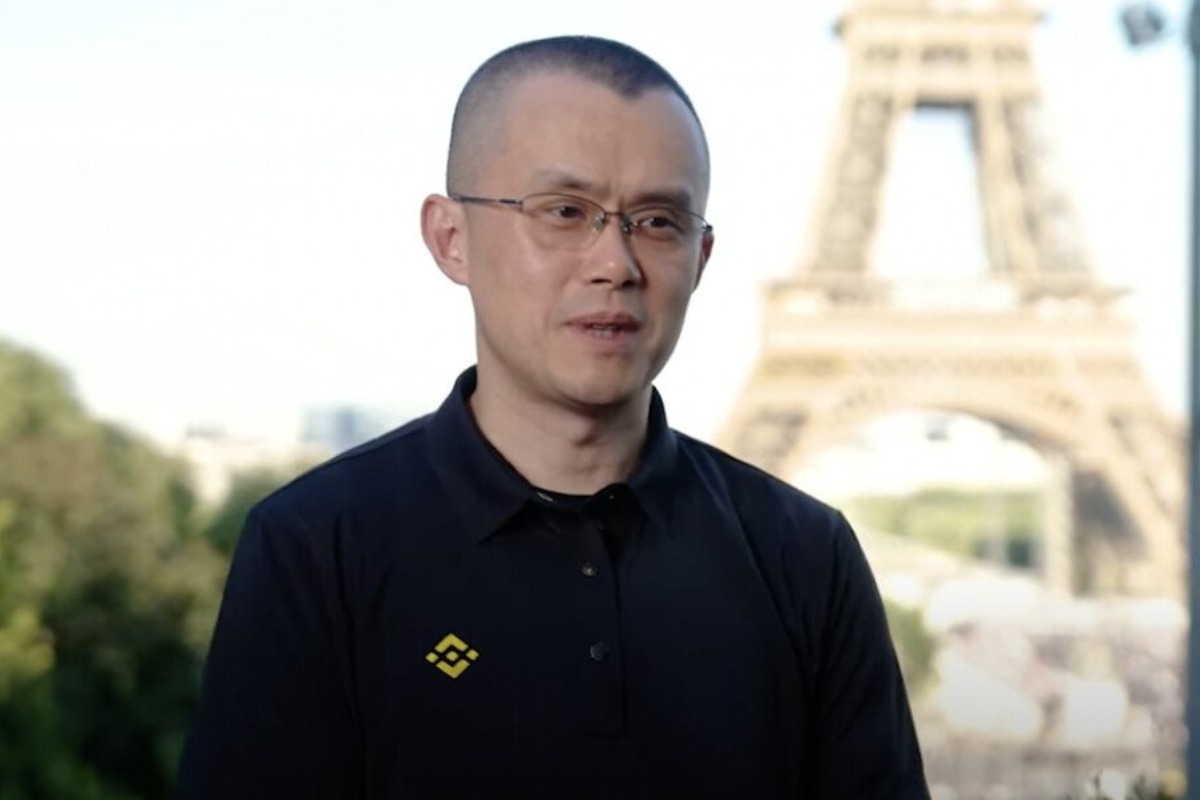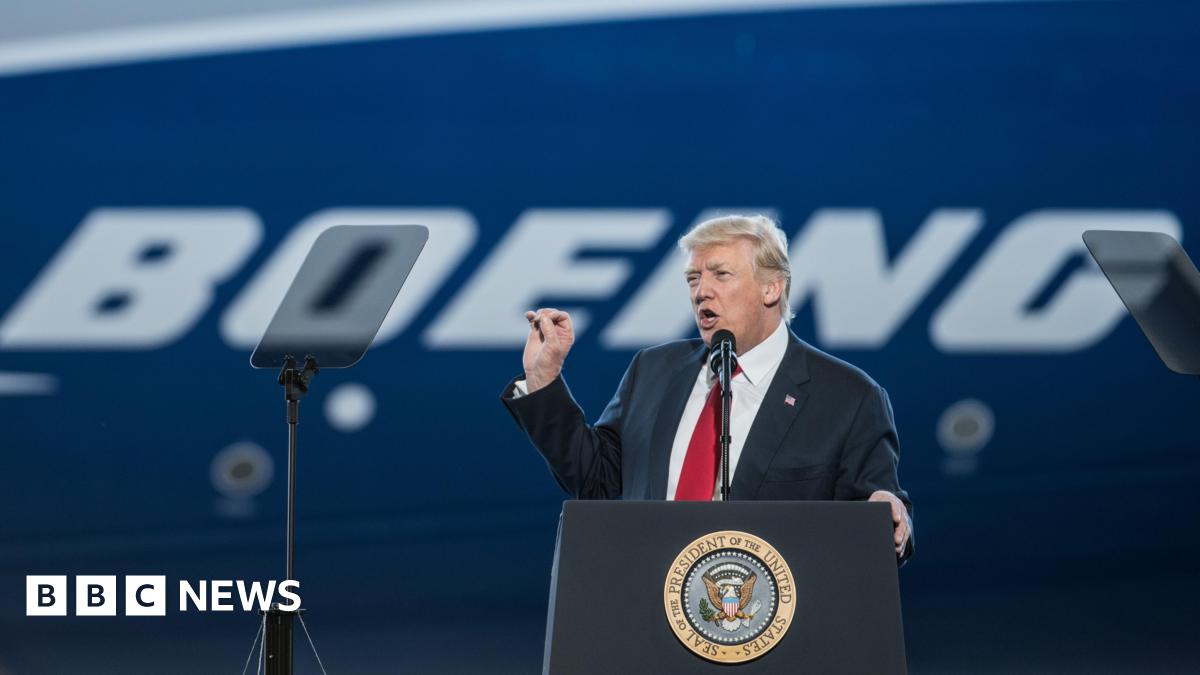Getty
The demand for efficiency and results frequently overshadows what leaders are capable of. But what if we paused and reframed our perspective? What if we saw leadership not just as a set of skills or a title but as an art?
In my interview with Gianpiero Petriglieri, Associate Professor of Organisational Behaviour at INSEAD, he eloquently said, “Good leadership, like art, connects us. It brings us together with something more than us… we’re actually leaving something behind.”
Leadership, at its core, is about forging connections. It’s about aligning people with a purpose and a shared vision. It’s not solely about ticking off boxes or appeasing stakeholders; it’s about creating a legacy, a lasting impact that resonates beyond quarterly reports and annual reviews.
As I’ve often mused—and as Petriglieri agrees—authentic leadership is about the journey, not just the destination. It’s the stories we create, the lives we touch, and the change we inspire.
“Good leadership connects us,” he stated. Indeed, it does. Connection really is the crux of leadership. It’s about creating a sense of belonging—a feeling that we are part of a collective, working towards a shared goal. It’s about understanding that leadership is not a solitary endeavor but one that is shared.
During that journey, the presence of an effective leader should make their team feel “calm, clear about priorities, and cared for,” as Petriglieri explained. This triad is the bedrock of genuine leadership. It’s not always about feeling elated; sometimes, it’s about feeling part of a narrative.
Leadership is about movement, both emotional and physical. As Petriglieri aptly states, “At the end of the day, good leadership moves us in two senses: the emotional sense and the physical. We feel something, and we do something.”
But what truly struck me during our time together was Petriglieri’s analogy of leadership to art. He reflected on the ancient caves in Lascaux, France, where early humans painted intricate scenes. These paintings, he noted, had “absolutely no survival value,” yet they were crafted with precision. Why?
Gianpiero Petriglieri
“It’s quintessentially human to want to leave a mark,” he said. This innate desire to make a lasting impact should be at the heart of leadership. It’s about understanding that our actions, decisions, and leadership style will leave an indelible mark on those we lead.
In Petriglieri’s words, “Humanizing leadership means making sure that you help people show up with their whole selves.” It’s about recognizing the value of every individual, understanding their aspirations, and helping them achieve their potential.
We mustn’t lose sight of innovation and inclusion in our quest for alignment and efficiency. Petriglieri warns against the “obsession with alignment,” noting that it often comes at the cost of innovation and inclusion.
True leadership champions diverse perspectives and creativity. It’s about understanding that while alignment is crucial in business, it should not stifle team members’ unique voices and contributions.
Petriglieri further elaborates on the art of leadership, stating, “I’m trying to get leadership away from being an intellectual enterprise. Leadership is not just about having ideas or visions or making plans and devising ways that you can reach your goals. Leadership has to do with bringing something to life—a group, an organization, or a society—and keeping it alive when it’s threatened, so that there’s more freedom and people feel more alive. I think this idea of leadership as an art actually takes us into a more expansive view of leadership.”
Amen to that. I fully concur. Leadership, like art, can reflect our deepest aspirations.
As leaders, our challenge is to care deeply, act decisively, and create lasting impact. In Petriglieri’s words, leadership is about “how I leave my mark on this world while I’m here.” Even Van Gogh might have agreed with that point.
In a world that often prioritizes numbers over narratives, I argue that we should remember Petriglieri’s words and recognize that leadership can be like art. And, like all art, it has the power to inspire, transform, and leave a lasting legacy.
Let us strive to be leaders who achieve results but also touch lives, inspire change, and leave a mark that stands the test of time.
Just like great art.
Watch the full interview with INSEAD’s Gianpiero Petriglieri and Dan Pontefract on the Leadership NOW program below, or listen to it on your favorite podcast.
_______
Pre-order my next book, publishing in November, Work-Life Bloom: How to Nurture a Team That Flourishes, (You won’t want to miss digging in.)
Credit: Source link











